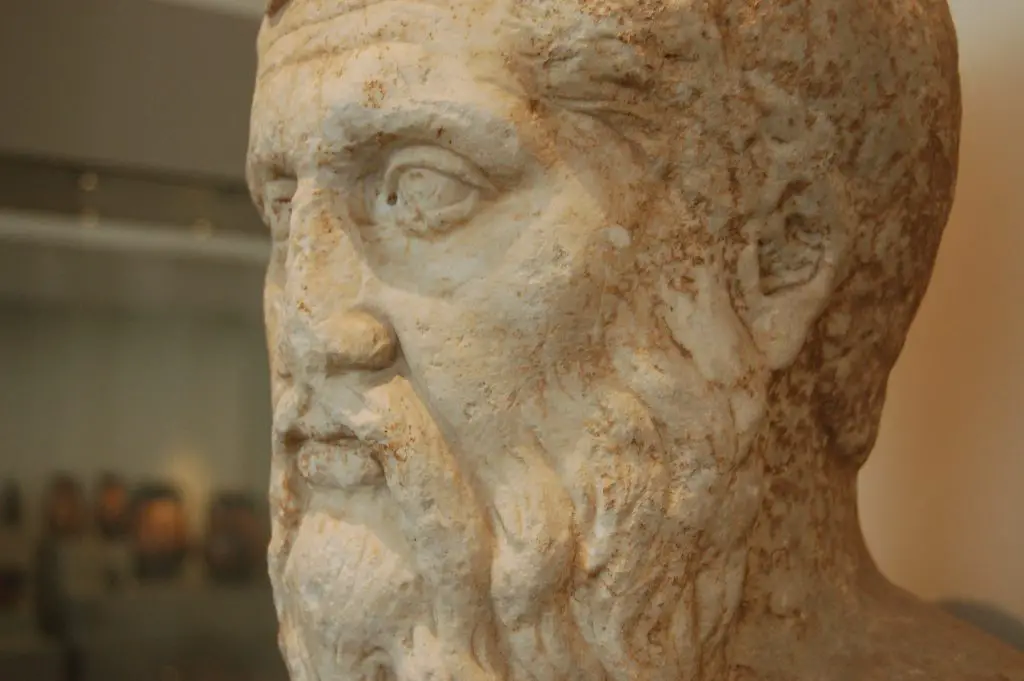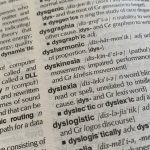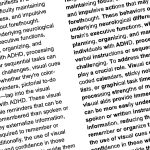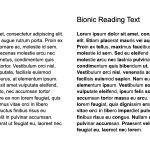Last Updated on 07/09/2023 by Eleanor Thompson
The Socratic method is often used in teaching and discussion, it involves asking a series of questions to help the student clarify knowledge and assess their understanding. Here are ten real-life examples of how the Socratic method might be employed, plus a bonus more in-depth example.
Understanding Democracy:
Q: What is democracy?
A: It’s when people have the power to decide.
Q: How do they exercise this power?
A: Through voting.
Q: Can a society be considered democratic if only some people are allowed to vote?
A: No, ideally everyone should have an equal right to vote.
Discussing Morality:
Q: Is stealing wrong?
A: Yes.
Q: What if someone steals food to feed their starving family?
A: That’s different. It’s for a good cause.
Q: So, is the morality of an action determined by its intention or its consequence?
Understanding Diet and Health:
Q: Why do people diet?
A: To lose weight or be healthier.
Q: Are all diets effective?
A: No, some can be unhealthy.
Q: What determines a healthy diet?
A: Balance, nutrition, and individual needs.
Discussing Literature:
Q: Why do you think the author used this symbolism in the story?
A: To convey deeper meaning.
Q: How does this symbolism help convey that meaning?
A: It gives layers to the narrative and allows different interpretations.
Understanding Environmental Conservation:
Q: Why is conserving water important?
A: Because water is a finite resource.
Q: What happens if we deplete our freshwater sources?
A: It will lead to scarcity, affecting both humans and ecosystems.
Exploring Personal Values:
Q: Why is honesty important to you?
A: Because it builds trust.
Q: Can trust be established in any other way?
A: Through consistency and reliability.
Q: Is it possible for someone to be reliable but not honest?
Understanding Economic Concepts:
Q: Why do prices rise?
A: Because of inflation.
Q: What causes inflation?
A: Several factors, like increased demand or increased costs of production.
Q: How does inflation impact the average citizen?
Discussing Relationships:
Q: What makes a relationship strong?
A: Communication and trust.
Q: Can a relationship survive without trust?
A: It would be difficult, as trust is foundational.
Exploring Career Choices:
Q: Why do you want to be a doctor?
A: To help people.
Q: Are there other professions where you can help people?
A: Yes, like teaching or social work.
Q: What makes medicine stand out for you?
Understanding Art:
Q: Why do you think this painting is considered a masterpiece?
A: It captures emotion and has incredible technique.
Q: Can a piece be considered art even if the technique isn’t perfect?
A: Yes, art can be subjective and can evoke feelings in different ways.
Software Design:
Q: Why is it important for software to be well-designed?
A: Because well-designed software is more maintainable, reliable, and efficient.
Q: What makes software “maintainable”?
A: It’s easy to understand, modify, and extend without introducing errors.
Q: How can software design principles like modularity help in this?
A: Modularity means breaking the software into smaller, independent units or modules. This makes it easier to understand each part and make changes to one module without affecting others.
Q: What could be the risk if software is not modular?
A: If software isn’t modular, making changes can be riskier because changes in one part might inadvertently affect other parts of the application. It can also make the codebase more difficult to understand and manage.
Q: Are there other principles or practices that can support modularity in software design?
A: Yes, principles like encapsulation, which hides the internal workings of a module and exposes only what’s necessary; and separation of concerns, where different functionalities are separated into distinct sections, support modularity and lead to cleaner, more maintainable software.
Special thanks Alberto Alvarez-Perea for providing the image
Author Profile
Latest entries
 Resources2024.01.25Animals That Start With The Letter N
Resources2024.01.25Animals That Start With The Letter N Bionic Reading2023.09.22Bionic Reading for Dyslexia: A Potential Bridge to Enhanced Comprehension
Bionic Reading2023.09.22Bionic Reading for Dyslexia: A Potential Bridge to Enhanced Comprehension Bionic Reading2023.09.21Bionic Reading for ADHD: Harnessing the Power of Visual Cues to Aid Focus and Comprehension
Bionic Reading2023.09.21Bionic Reading for ADHD: Harnessing the Power of Visual Cues to Aid Focus and Comprehension Bionic Reading2023.09.20Bionic Reading Method
Bionic Reading2023.09.20Bionic Reading Method




